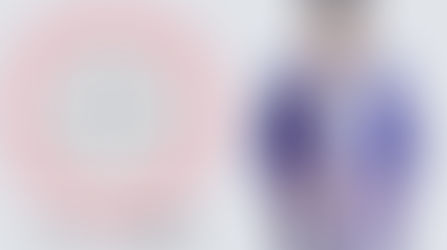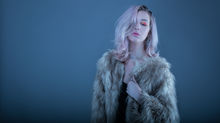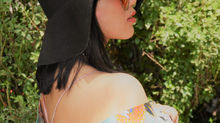Studio Photography 101
- Srishti
- Apr 27, 2017
- 3 min read

Shooting in the studio could be tricky when you’re an amateur and have no experience with managing lights however there are a few hacks that can save you a lot of time and energy. Studio work is almost the correct inverse from area shooting, particularly for pictures. With area representation shoots, the emphasis is effectively on the individual posturing, however the encompassing components likewise add to the last item. Additionally, the studio introduces some all the more difficult lighting circumstances, as the picture taker needs to make the light, as opposed to change what the sun is giving.
Go prime
There is and dependably will be contentions for zoom focal points in the studio, yet in the event that you can, stay with primes. They have a tendency to be more keen and it's one less setting you need to do. The standard focal point most picture shooters utilize will fall in the vicinity around 80mm and 200 mm. On the off chance that you shoot an edited sensor camera, keep in mind to incorporate this into your decision of focal point. Standard full-outline shooters have a tendency to lean toward focal points like the 85mm f/1.2 and 135mm f/2, while edited sensor shooters have a tendency to favor the 50mm f/1.2 and f/1.4 focal points. Nikon shooters also lean towards the 85mm f/1.4 focal point.
Be at the correct stature
Your stature, joined with the separation amongst you and the model, and their tallness will guarantee you are at the correct tallness. Since most all pictures look best when shot at the eye-level of your model, you'll have to adjust. Now and again this will mean bowing down a little or notwithstanding getting on one knee, different circumstances you may require a stage stool or step to help your tallness a bit. The wrong point of view can truly destroy a representation.
1/125 and overlook it
Studio shooting camera settings are really basic and straight forward. Set your camera to manual mode, set the ISO to 100 (or 200 on the off chance that you don't have 100) and the screen speed to 1/125. In light of the strobes, there will be for all intents and purposes no distinction shooting at 1/100, 1/125, 1/160 or even 1/200th of a moment.

Utilize a light meter
In camera metering is awesome, yet it doesn't represent multi-light setups, nor would it be able to help you nail your presentation on the principal shot, or appropriately uncover hair lights or foundation lights with a breeze. Because you know how to peruse a histogram doesn't mean you shouldn't utilize a light meter, it will remove the migraines from lighting.
Concentrate on the eyes
Notwithstanding the opening you pick, for shallow profundity of field or not, the eyes are what truly recount the narrative of a picture. Your concentrate ought to dependably be on the eyes, where they are looking and guaranteeing they are in core interest.

Do a custom white adjust.
We know, custom white adjust is raised here on numerous occasions, however in light of current circumstances! Studio light modifiers, similar to umbrellas, softboxes and snoots all affect the shading yield of the strobes, so doing a custom white adjust before each shot guarantees the most exact conceivable shading portrayal.

Attempt only one light
Celebrated around the world form picture taker Helmut Newton was popular for utilizing just a solitary light. Doing as such, and changing the edge in connection to the model can make emotional shadows and staggering photographs. Because you have admittance to a modest bunch of strobes doesn't mean you generally need to utilize them. Attempt some more basic ways to deal with lighting and adjusting that solitary light, rather than utilizing each device in your tool compartment.
Studio representations can be the absolute most complex shoots to setup, additionally probably the most fulfilling. Ideally these ten tips will help and move your photography and proceed on the way of information.



































Comments